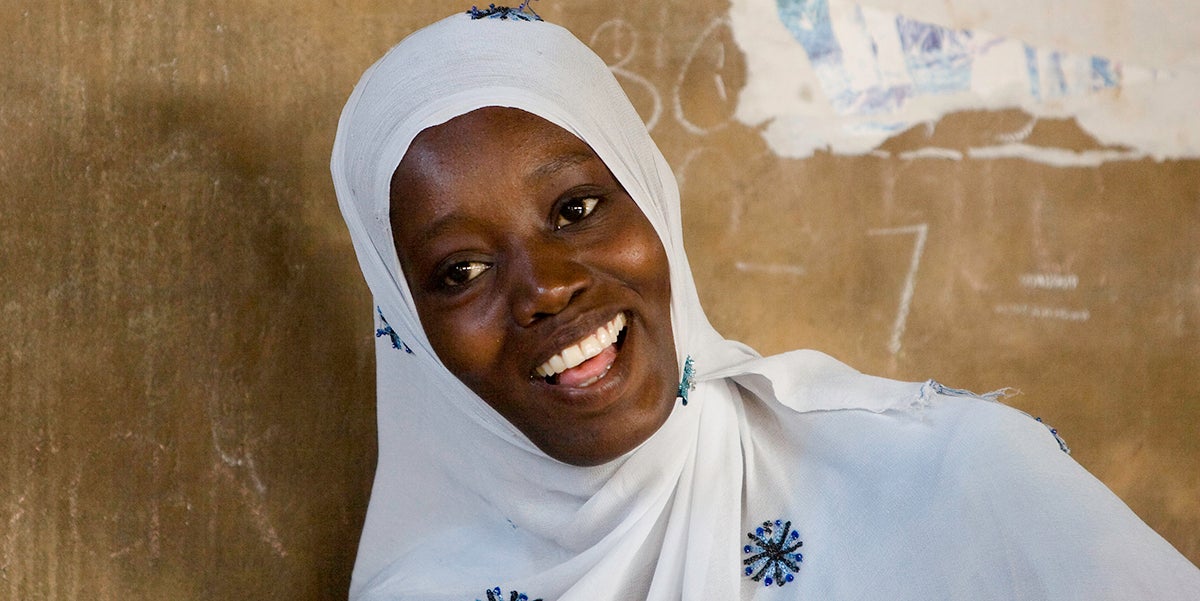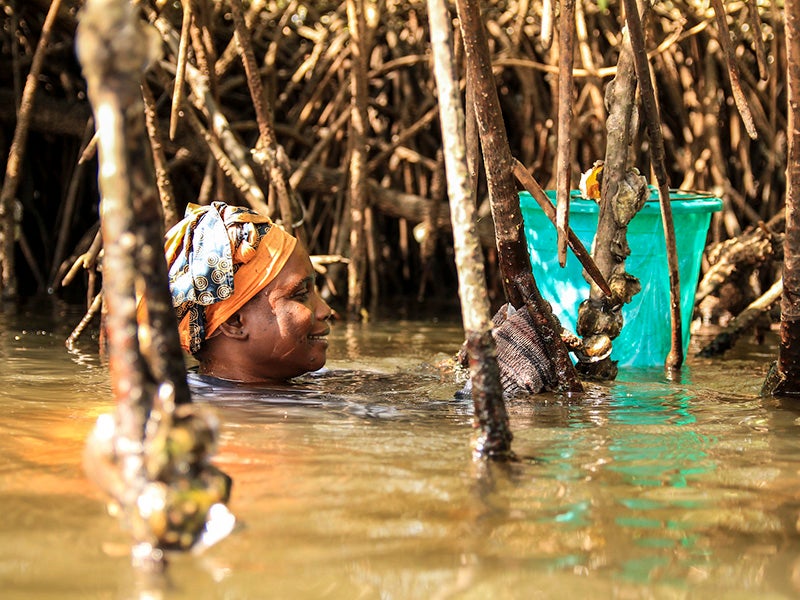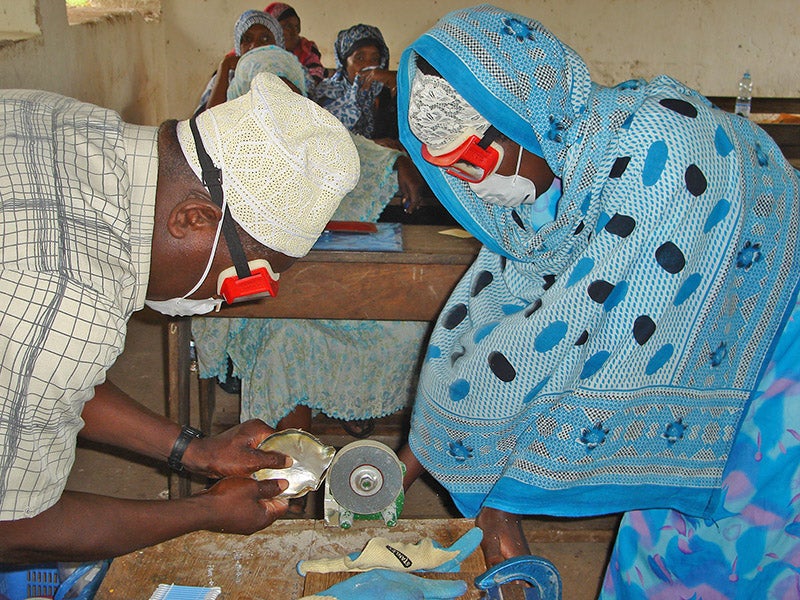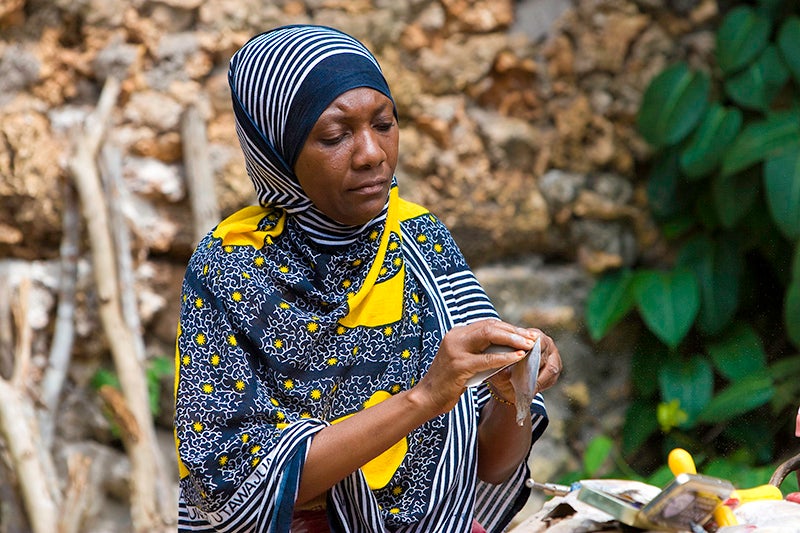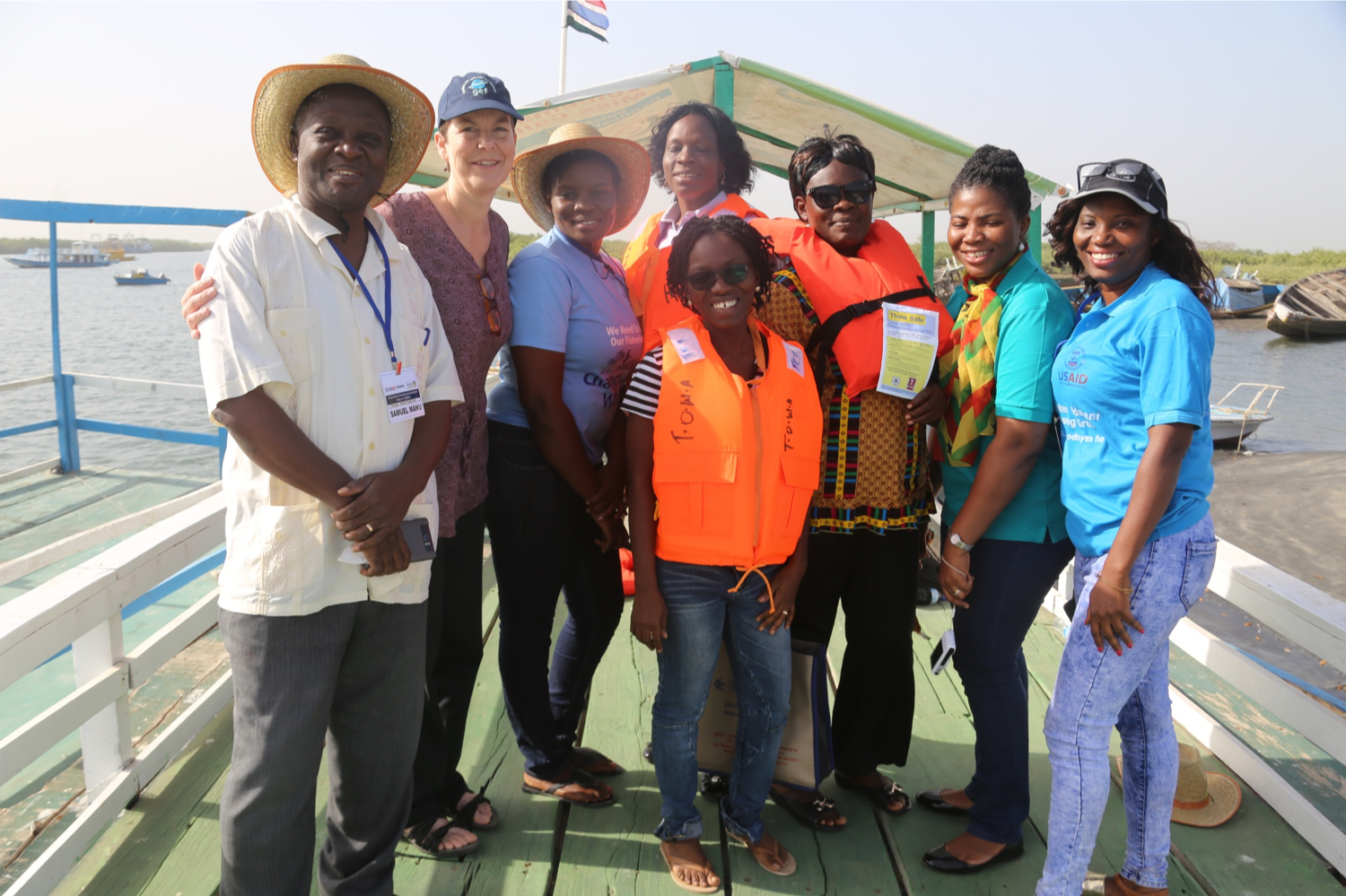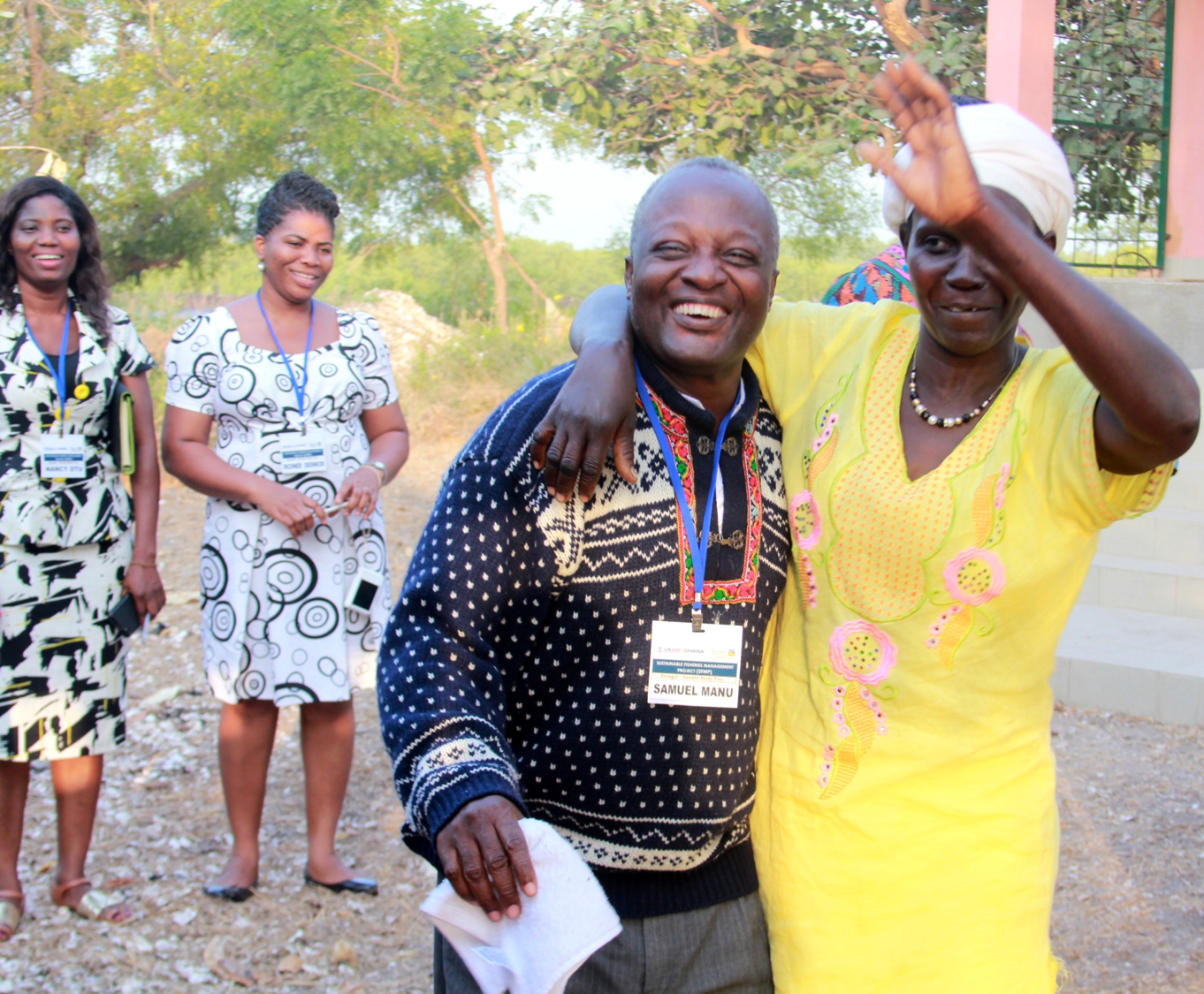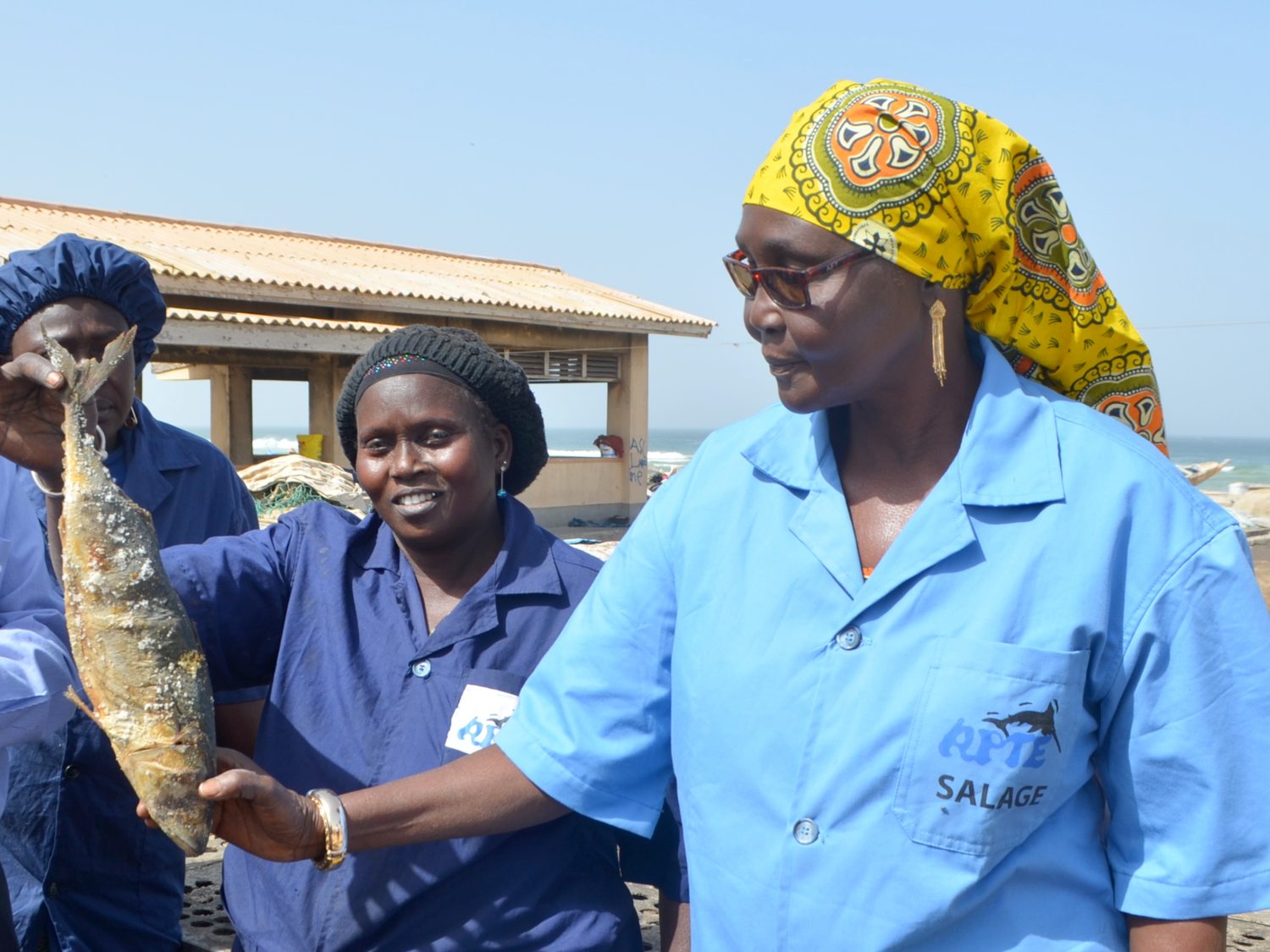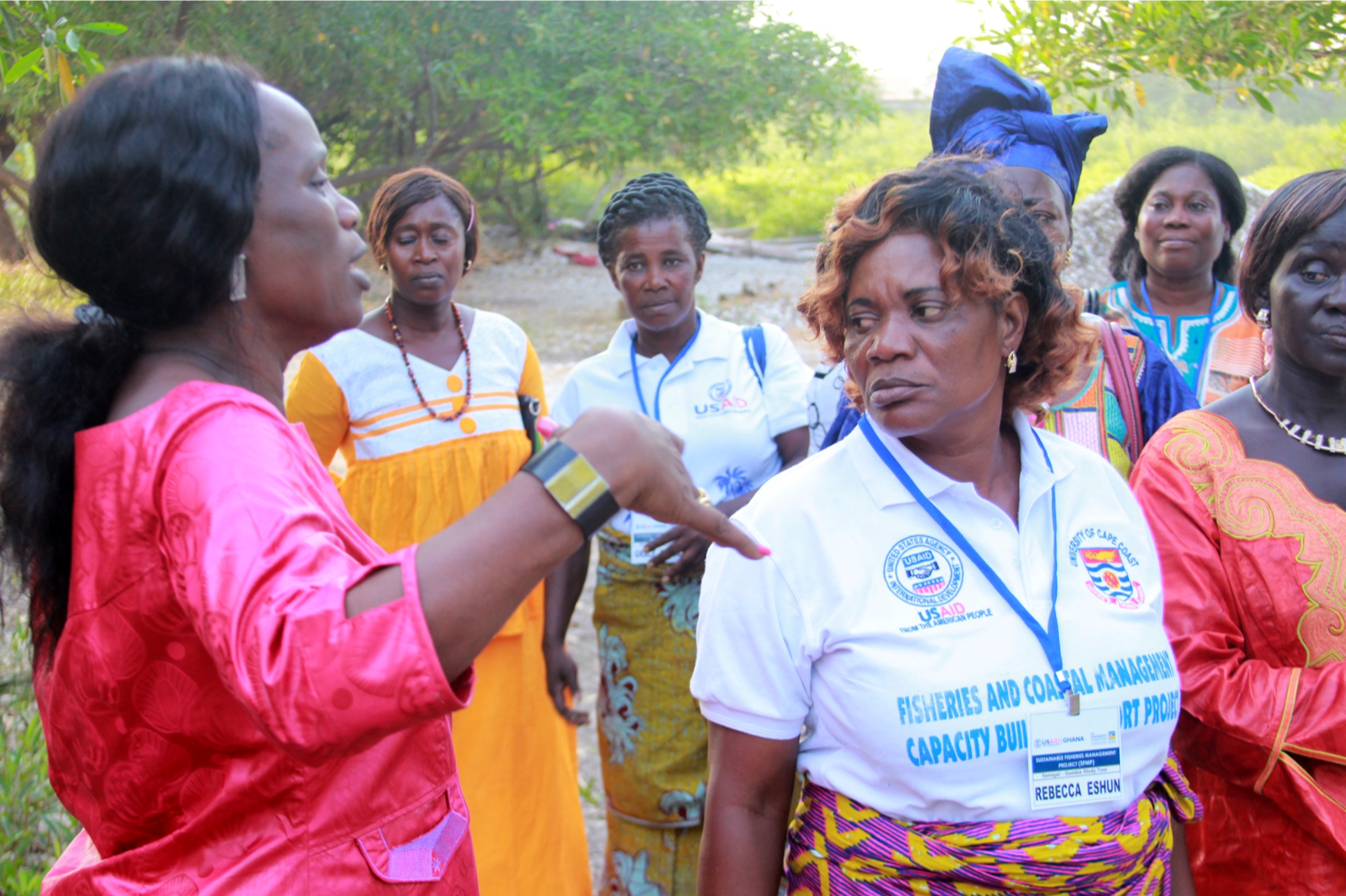It was the early 2000s in Zanzibar, and the intertidal zones were under stress. For ages, the women of Fumba Peninsula had waded into the shallow waters of the Menai Bay Conservation Area to collect oysters and cockles to sell and to feed their families. But overfishing of the deeper waters led to poverty, which drove greater numbers of women to the reef flats. The numbers of these mollusks became depleted. The food security of families was threatened. The coastal biodiversity was at risk.
It was a complex problem steeped in generations of gender norms, policy and practice. However, there was a potential solution that on the face of it seemed deceptively simple: “half pearls.”
Staff from the University of Rhode Island’s GSO’s Coastal Resource Center (CRC) were brought into the region by the United States Agency for International Development (USAID). They studied the issues and developed initiatives aimed at rebuilding the stocks. They tapped an expert who trained community leaders to cultivate half pearls, called mabes, by gluing buttons on the inside of oysters. They also taught them to make mother of pearl jewelry from the oyster shells. The mabes could be sold for up to $40 each, and the shell jewelry would fetch up to $10—a considerable amount given that the average monthly income for a woman in Zanzibar was between $15 and $20.
Cultivating half pearls is time consuming—it takes six to 12 months for an oyster to form a mabe. But that was the point. The protected oysters would be left alone to regenerate. The new income stream would ease the financial pressure on the women and provide incentive to protect the oyster stocks.
The mollusk collectors, or “gleaners,” were provided lessons in entrepreneurship and given access to micro-credit to purchase supplies.
Results were mixed. Some of the women saw their monthly income triple. Their success motivated them to assume stewardship of four “no-take zones” where the oysters were safely set aside for cultivation. But others made only a few pieces of jewelry a year. Follow-up research revealed why: women in Zanzibar don’t typically leave their villages, something they have to do to sell their wares.
A middleman was brought in to sell the jewelry. And the takeaway for project staff was they would need to broaden their approach.
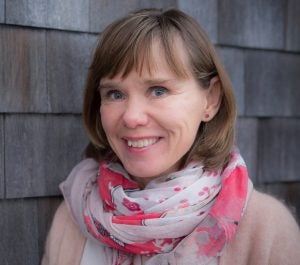
“When you dictate a livelihood and provide training for that livelihood, only a few will excel,” says Elin Torell, CRC director of international programs. The advisors switched their focus from teaching shell craft to equipping the women with the skills to start their own small businesses. One woman decided to raise chickens, which she sold to hotels. Another started a soap-making business. These new income streams further eased pressure on the stocks of shellfish.
“The biggest ‘aha’ moment was seeing how the women each flourished in their own way,” Torell says.
That was 15 years ago. Since then, CRC has been applying those lessons in coastal areas around the developing world, including in Central America, West Africa, East Africa, Indonesia and the Philippines.
“Gender mainstreaming has emerged as a proven route toward the kind of lasting changes to policies and behaviors that ease suffering and ultimately lead to stronger coastal communities and fisheries management. Gender mainstreaming considers both men and women equally in policies and actions.”
People first
CRC has had an international presence since 1985 when USAID funded the center’s first fisheries management projects in Ecuador, Sri Lanka and Thailand. Over more than three decades, the international team at CRC has worked on projects across the developing world. At a project site, researchers and project managers comb through a complex web of factors that lead to food insecurity, environmental degradation and diminished capacity. Most often, poverty, violence, ill health and other causes of human suffering lie at the center of that web.
Since 2003, gender mainstreaming has emerged as a proven route toward the kind of lasting changes to policies and behaviors that ease suffering and ultimately lead to stronger coastal communities and fisheries management. Gender mainstreaming considers both men and women equally in policies and actions.
“If we can empower women to be part of making the decisions, we can help them in a way that’s much deeper than just including them in a meeting or giving them money,” Torell says.
CRC has become a recognized expert in gender mainstreaming work. Recently, Torell was invited to sit on the steering committee of a USAID initiative for gender and fisheries learning.
Improving coastal health and fisheries management requires an integrated and sustained effort in which staff immerse themselves in a region’s issues and build long-term relationships to earn trust and credibility. Each project brings the fresh challenge of learning a new culture, ecosystem, environmental conditions, economic trends and governance. Typically, project staff spend a minimum of five years in a region, and often 10 or longer. Their first step is to forge local partnerships with universities, nongovernmental organizations and other in-country stakeholders. Project staff spend a year or longer visiting villages and conducting situational analyses, gender assessments, resource-use mapping and other studies. Taken together, these studies create a clearer picture of the issues while illuminating areas to deploy interventions. Some of these initiatives seem far removed from fisheries management. For example, HIV/AIDS prevention was integrated into coastal management initiatives in Tanzania during the height of the AIDS crisis. Family planning was essential to fisheries management in the Philippines.
These interventions make sense when you consider how a health crisis or overpopulation trickles over to behaviors that affect the environment.
Even when health and overpopulation aren’t explicitly included in a project’s funding stream, the international staff at CRC have learned to integrate these into their initiatives. Literacy classes are offered routinely to women. In Ghana, project staff supported a local partner to offer eye clinics for women who are at risk of eye damage from smoke exposure while processing smoked fish.
“We find that the people in the households who are affected are more likely to have destructive behavior because they’re desperate. They’re losing manpower because of sickness. Their costs are higher for medications, for coffins…” Torell says of the HIV/AIDS work.
Change in West Africa
In Ghana, the CRC-led Sustainable Fisheries Management Project (SFMP) is wrapping up over the next year. There, depleted stocks were the result of overfishing, unregulated and illegal fishing, and weak governance. Although only men go out to sea and negotiate with fish traders and fisheries officials, women play an equally important role, processing and selling fish and, in some cases, owning the canoes and funding the men’s excursions. Yet they have little to no influence on fisheries management. Through its participatory analyses, SFMP staff developed strategies to elevate women’s influence, in part by strengthening fish-processing associations, giving women more access to capital, and equipping them with tools and training to improve the quality and efficiency of processing. The women learned how their practices—chopping mangroves for fuel and purchasing juvenile fish, for instance—contribute to environmental degradation.
CRC Senior Project Manager Karen Kent led stakeholders from Ghana on a 10-day study trip to The Gambia and Senegal to learn about the success of peers who benefitted from USAID-funded, CRC-led projects. Work there led to The Gambian government granting a women’s organization exclusive use rights and management responsibility for the oyster and cockle fishery in the Tanbi Wetlands National Park. In Senegal, a fish-processing facility became the first artisanal facility in the country to meet European Union standards and export its products to the EU.
Back in Ghana, project staff offered women fish processors and gleaners leadership and skills training, business development services, access to microloans, and improvements to processing facilities. Oyster harvesters were trained to use scientific methods to monitor the estuary’s health. Project advisors worked with government officials to mainstream gender into the fisheries sector, as well as with women gleaners and other stakeholders to establish an oyster gleaners association and a rights-based co-management plan for the oyster fishery in the Densu Estuary led by women.
“Access to credit allowed women to purchase fish and business supplies, improve product quality, enhance production, and increase profits and savings.”
With the SFMP trainings and initiatives, the Ghanaian women’s confidence grew. Many became comfortable speaking up at meetings. Access to credit allowed women to purchase fish and business supplies, improve product quality, enhance production, and increase profits and savings. The gender mainstreaming strategy was signed by the nation’s minister for environment, science and technology.
With tens of thousands of people connected to the fish value chain nationwide, the pace of change is slow. Yet in the much more manageable Densu Estuary, the results have been immediate. The gleaners used their greater understanding of the fishery’s status, gained from data they collected, to institute a five-month closed season each year over the past two years. When they reopened the grounds, the result was a bumper crop of oysters. This has been an important demonstration for the country of the impact that closed seasons can have as a fisheries management practice.
Looking to the future
Each international project builds upon the last and adds to the base of knowledge that will ultimately lead to long-term, sustainable behavior change in the coastal communities of developing nations. CRC is applying decades of experience and wisdom to its latest project in the Philippines. Called Fish Right, it is funded by a $25 million grant by USAID.
The goal of Fish Right is to increase fishing stocks and biodiversity in a defined region of the country’s territorial waters. As with past projects, staff are learning the dynamics on the ground. They just completed a gender analysis and resource mapping. They know which areas are the domain of men, which are the domain of women, and where the two intersect. This time around, however, youth will be front and center. Young people tend to be open to change and concerned about the future, two qualities that are essential when trying to convince people to make sacrifices for deferred results.
“They’ll be here awhile. They don’t have the bad habits yet,” Torell says.
The author, Sharron Luttrell, is a freelance writer with expertise in science topics.

